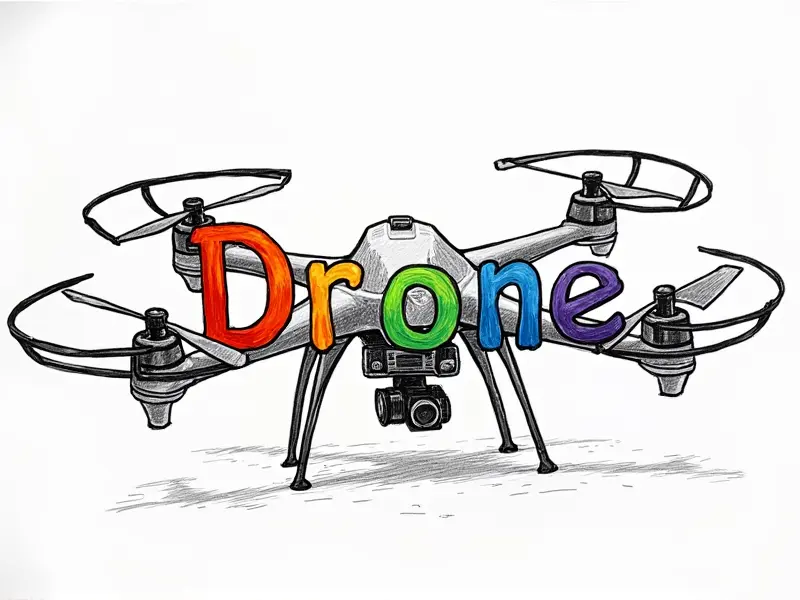How do FPV receivers work?

What is an FPV Receiver?
An FPV (First Person View) receiver is a critical component in drone technology that enables pilots to control their drones from a remote location. This device receives wireless video signals transmitted by the camera on the drone, allowing the pilot to see exactly what the drone sees in real-time. The FPV receiver plays an essential role in enhancing flight experience and safety.
The functioning of an FPV receiver involves a complex interplay between hardware and software components. When a camera on a drone captures video footage, the signal is transmitted via a transmitter to the ground-based receiver. The receiver then processes this incoming data stream, converting it into a viewable format that can be displayed on a monitor or goggles.
Inside FPV Receivers: The Basics
- Antenna: The antenna is responsible for receiving the transmitted signals from the drone's camera. It must have sufficient range and sensitivity to capture high-quality video feeds.
- Circuit Board: This houses all the electronic components necessary for signal processing, including amplifiers, filters, and decoders.
- Power Supply: Ensures that the receiver has a steady power source to operate efficiently.
Understanding FPV Receiver Technology
The technology behind FPV receivers is rooted in wireless communication protocols such as 5.8GHz and 2.4GHz, which offer different ranges and bandwidth capabilities. These frequencies enable the transmission of high-definition video streams with minimal latency.
Key Features
- Diversity Antennas: Improve signal reception by using multiple antennas to reduce interference.
- Signal Strength Indicators (SSI): Provide real-time feedback on the quality of the video feed.
- Modulation Techniques: Enhance data transmission efficiency and reliability.
Setting Up Your FPV Receiver
To set up an FPV receiver, follow these steps:
- Connect the Antenna: Ensure that your antenna is properly connected to the receiver for optimal signal reception.
- Power On: Turn on both the transmitter and receiver simultaneously to establish a connection.
- Tune Frequency: Adjust the frequency settings to match those of the drone's camera system.
Mastering FPV Receivers for Drones
Mastery over FPV receivers requires practice and understanding of various technical aspects. Regular maintenance, calibration, and testing are crucial to ensure peak performance during flights.
Tips
- Regular Calibration: Ensure accurate signal reception by periodically calibrating the receiver.
- Battery Management: Maintain a consistent power supply to avoid sudden disconnections.
FPV Receiver Guide for Beginners
If you're new to FPV technology, start with basic models and gradually move towards more advanced setups. Understanding the fundamentals is key before diving into complex configurations.
Getting Started
- Select Appropriate Frequency Band: Choose a frequency band that suits your flight environment and requirements.
- Invest in Quality Components: Opt for reliable brands to ensure durability and performance.
How FPV Receivers Enhance Flight
The use of FPV receivers significantly improves the pilot's situational awareness, allowing them to navigate through tight spaces or perform complex maneuvers with ease. This technology is indispensable in competitive drone racing and aerial photography.
Benefits
- Improved Control: Real-time video feedback enhances control over the drone’s movements.
- Safety Enhancements: Pilots can avoid obstacles and maintain safe distances from people and structures.
The Role of FPV Receivers Explained
In summary, FPV receivers are integral to modern drone operations. They enable pilots to experience flights in a first-person perspective, providing unparalleled control and visibility. This technology is not only crucial for hobbyists but also essential for professional applications such as surveillance, cinematography, and inspection.
Conclusion
Mastery of FPV receivers opens up numerous possibilities for drone enthusiasts and professionals alike. By understanding the mechanics and optimizing setup procedures, you can maximize your flying experience while ensuring safety and reliability in every flight.

